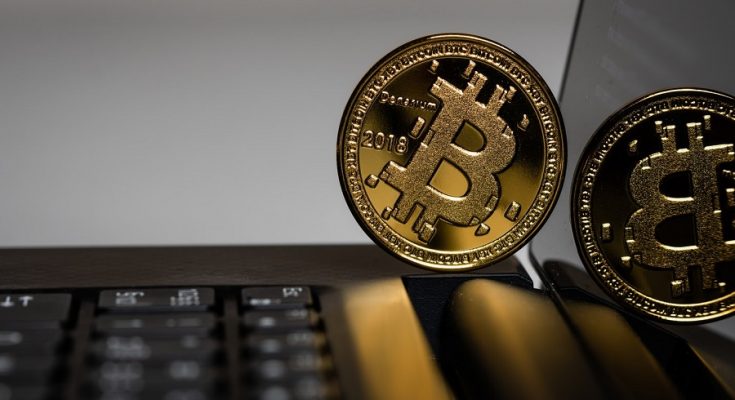Many people who are familiar with the general workings of decentralized autonomous organizations (DAOs) compare them to a vending machine that doesn’t only take your money and give you your order but also automatically re-order goods by itself, depending on your preferences.
And they’re right. That’s basically how DAOs work.
After bitcoin got rid of middlemen in transactions, the concept of DAOs has floated around the minds of participants in the cryptocurrency community. The main idea behind DAO is establishing a company or an organization that can function without hierarchical management.
Breaking Down DAOs’ Inner Workings
At first, bitcoin was treated as the first-ever fully functional DAO. It sports a programmed set of rules; it functions by itself; it coordinates through a consensus protocol. Then, the Ethereum platform paved the way for the use of smart contracts, which brought DAOs closer to the general public.
First, it needs rules to operate.
DAOs follow rules in order to operate. Such rules are encoded as a smart contract, which is basically a computer program that autonomously exists. However, it still needs human participation for the tasks it cannot do alone.
Second, it searches for funding.
This is crucial step. First, a DAO must have some kind of internal property: tokens that can be used by the group or used to reward specific activities within the network. Second, investing in DAOs give users voting rights and therefore the influence how it operates.
Then, it becomes fully autonomous.
DAOs are open-source, which means anyone could view their code. They are also fully transparent, immutable, and incorruptible as all the rules and transactions are recorded on the blockchain.
When a DAO is finally in operation, all decisions regarding the funds will be made by a consensus, which means everyone with a stake in a DAO can come up with proposals regarding its future. To prevent proposal spamming, there is usually a monetary deposit before one can make a proposal.
Basically, you can use DAOs to exchange funds with anyone in the world. You can do that in the form of an investment, a charitable donation, fund raising, borrowing, selling, and so on—without any middleman.
One potential downside, however, is that when a loophole in the code is spotted, it cannot be rectified until a majority vote has been done. And while the voting commences, hackers get the chance to exploit such a bug.
Advantages of DAOs
There’s no denying that DAOs are exciting and dynamic, aiming to rectify everything we don’t like about the conventional hierarchical management. Here are some of their biggest advantages:
Since there is no hierarchical structure, each investor gets the chance to contribute in the molding of the organization. Anyone can put forward an idea.
Fewer chances of disputes because of the pre-written rules that everyone must be aware of before jumping in the ship.
Investors are compelled to consider their proposals very carefully since an amount of money is required every time they put one forward and vote for it.




